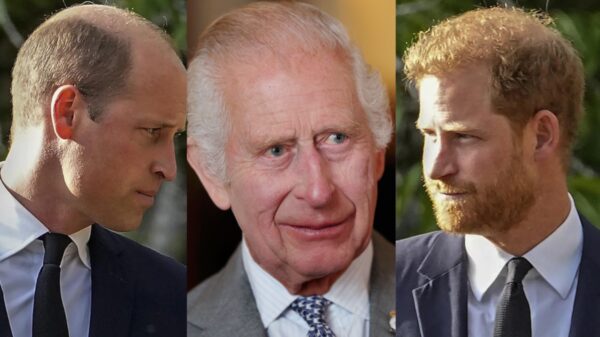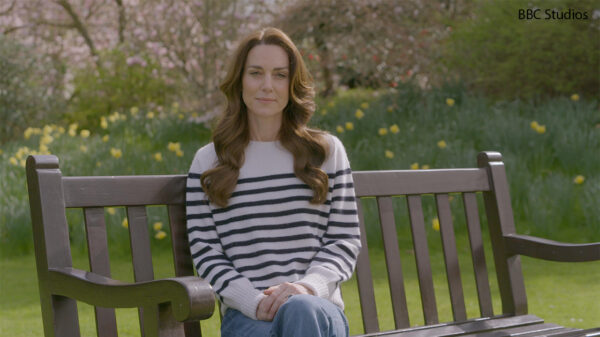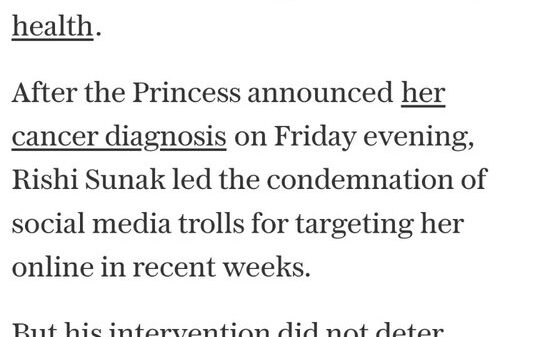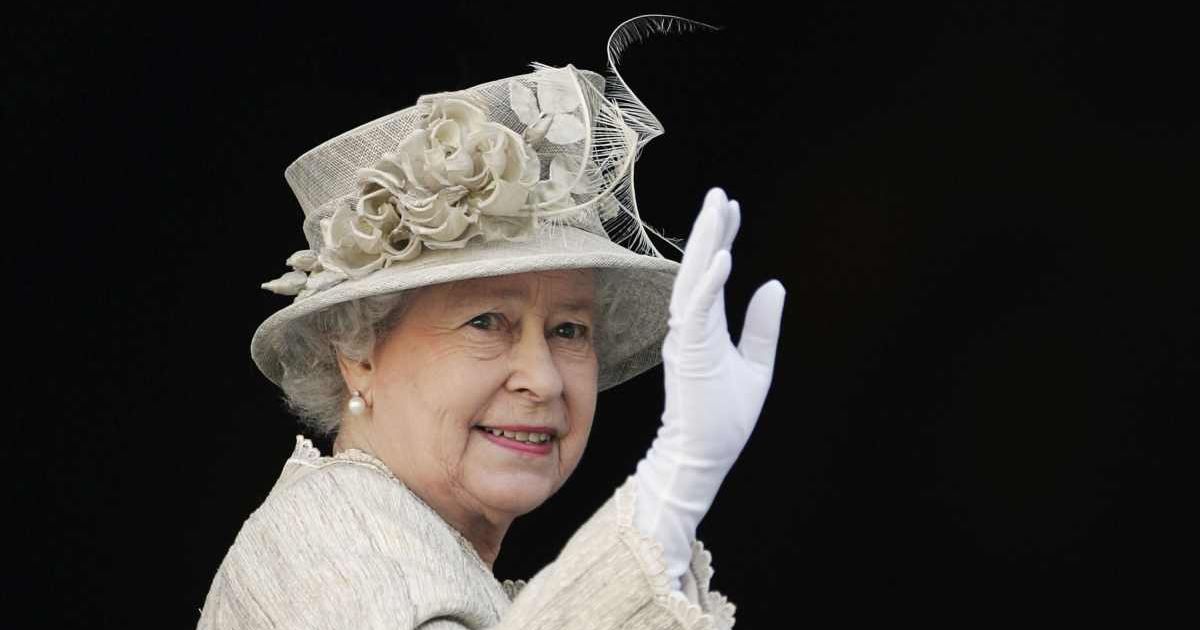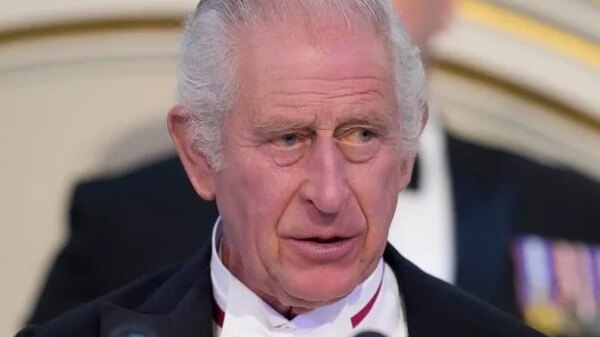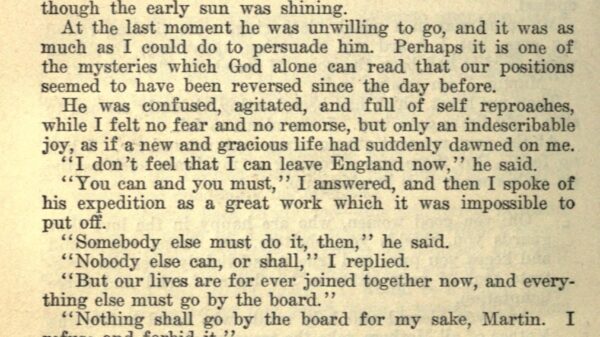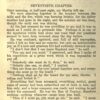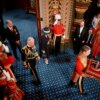In a poignant revelation following her death, Queen Elizabeth II left behind two sealed letters, each carrying significant weight and symbolism.
These personal notes, intended for her son, King Charles III, and her devoted aide, reflect a legacy of duty that the late Queen embraced until her final moments.
Royal biographer Robert Hardman sheds light on this touching detail in his upcoming book, The Making of a King: King Charles III and the Modern Monarchy, set for release on January 18.
An excerpt from the Daily Mail reveals the circumstances under which these letters were discovered—a moment steeped in history and emotion right after the Queen’s passing on September 8, 2022, at Balmoral Castle.
As the royal staff gathered to navigate the immediate future post-Queen’s death, a footman entered with one of her iconic red boxes.
These red boxes, filled daily with correspondences from ministers and other figures, contained the last pieces of paperwork submitted for the Queen’s review before her death.
“It was the final one to go up to her,” Hardman notes, implying a meticulous attention to detail that was characteristic of Elizabeth II.
Inside the box, Sir Edward Young, the Queen’s private secretary, found not just one but two letters.
One was addressed to King Charles, while the other was a personal message for Sir Edward himself.
Hardman ponders the nature of these letters—were they farewell notes or final instructions?
The world may never know their contents, but it’s evident that the Queen was aware of her impending end and had taken steps to address her affairs.
In addition to the letters, the box included a list of candidates selected by the Queen for the prestigious Order of Merit, marking her last royal duty.
Hardman highlights the gravity with which the Queen approached this task, showcasing her passion for public service, even in her twilight hours.
“The paperwork had gone up to her two days before,” he explains, indicating her steadfast commitment to responsibilities that defined her reign.
The biography also sheds light on the Queen’s state prior to her passing, particularly how she seemed rejuvenated by a win from her horse, Love Affairs, at the Goodwood races just days earlier.
Hardman describes how she appeared lively during pre-dinner drinks, a testament to her spirit despite the weight of her royal obligations.
Yet, after a full day filled with meetings with both the outgoing and incoming Prime Ministers, she chose to have her last meal alone, perhaps reflecting on the monumental changes taking place around her.
This moment, occurring shortly before her passing, encapsulated a life dedicated to monarchy and public service.
As we reflect on these final actions of Elizabeth II, it becomes clear how committed she remained even in her last days.
Her work, her letters, and her decisions all reveal a woman who, despite her frailty, faced the end with grace and diligence.
Hardman’s insights paint a vivid picture of a monarch who was not only acutely aware of her legacy but also actively engaging with it until her last breath.
This remarkable dedication serves as a reminder of the burdens and responsibilities that accompanied her role as Queen.
While the letters will remain private, their mere existence shows that Queen Elizabeth II approached the end of her life with the same thoughtfulness she applied throughout her storied reign.
These final notes stand as a testament to a life devoted to duty and legacy—one that shaped the world and touched countless lives.
As we await further details from Hardman’s forthcoming biography, the unfolding narrative of Queen Elizabeth II continues to resonate, inviting us to ponder the intricacies of leadership, commitment, and the personal sacrifices made by those who sit upon the throne.
Read more






